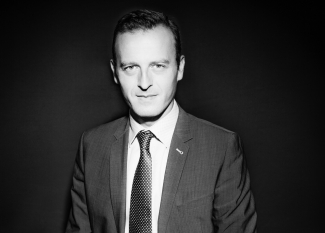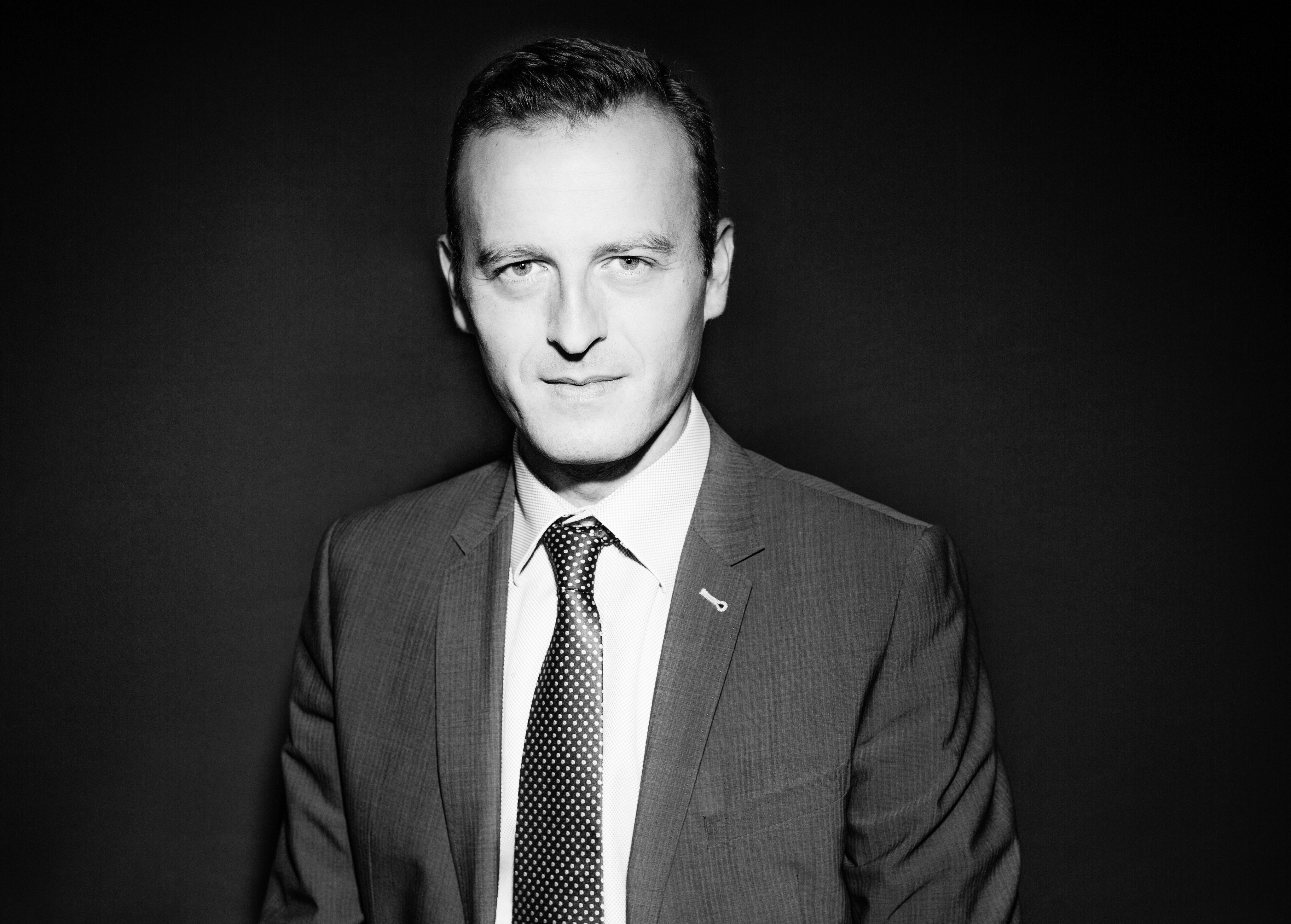The E.U. Offered to Embrace Ukraine, but Now What?
The European Union and NATO have promised a path to membership for the embattled country. But real partnership will hold risks and benefits for both sides.
BRUSSELS — When the European Union offered Ukraine a path to membership last year, it was in many ways an emotional response to the Russian invasion. Leaders were under pressure to show solidarity with the victims of aggression, even though many opposed the idea.
Since then, preoccupied with passing sanctions, scrounging up aid and scouring military inventories to send Ukraine weapons, few in Europe have focused seriously on what that commitment might actually mean.
[...]
European officials say quietly that there is no real way around the current, demanding process of accession, which normally takes many years. And that assumes an independent post-conflict Ukraine, with strong security guarantees or assurances, which many think can only come with NATO membership, too.
One thing is clear: Restoring a shattered Ukraine and bringing it fully into the European fold will be expensive, turning some countries from net receivers from the E.U. budget to net providers. It also promises to shift Europe’s center of gravity eastward in ways that could fundamentally change the balance of power in the bloc.
“The consequences of Ukraine in the E.U. will be complicated, even explosive,” said Thomas Gomart, director of IFRI, the French Institute of International Relations. “But it will be politically impossible to reject it.”
[...]
> See the article on The New York Times website

Media:
Share







